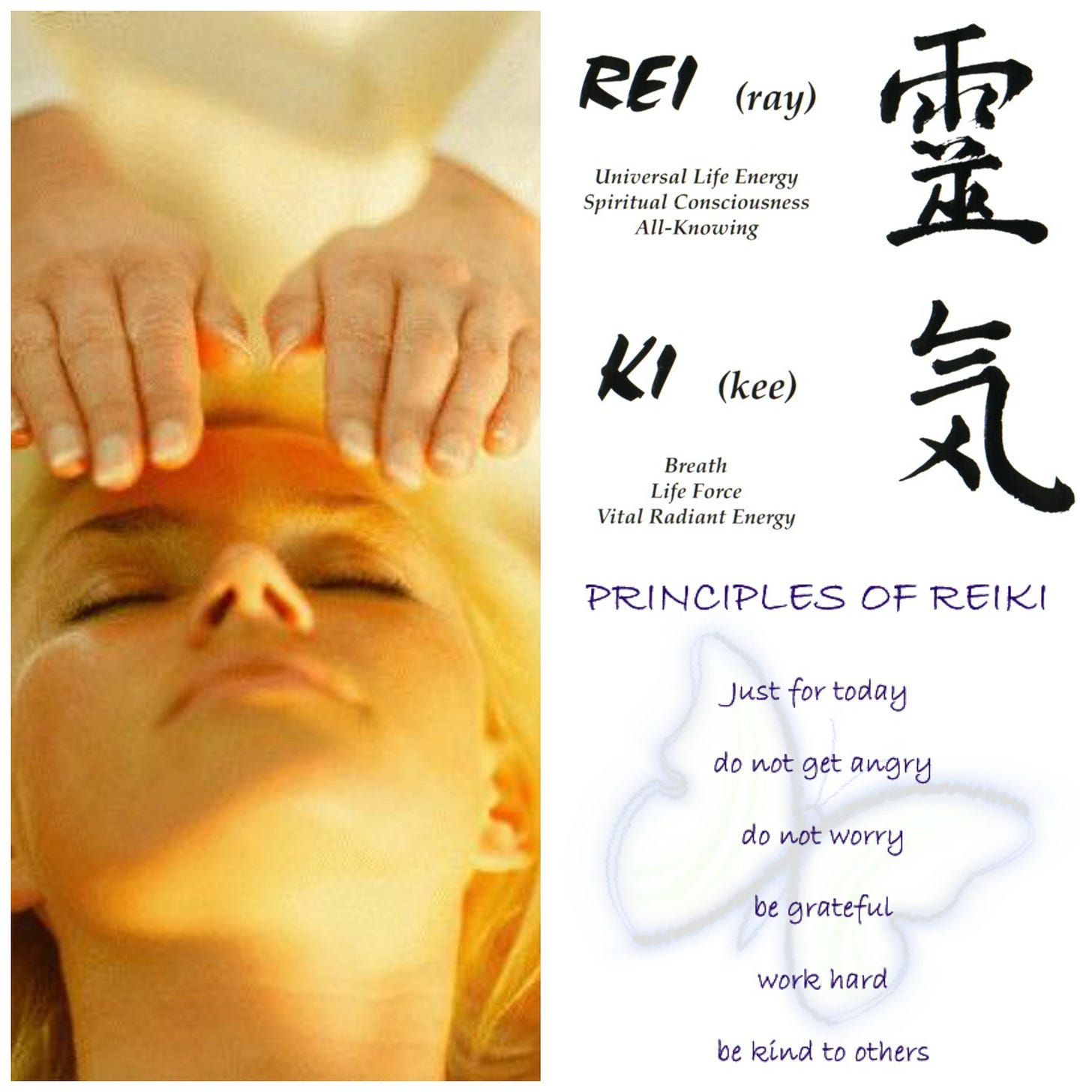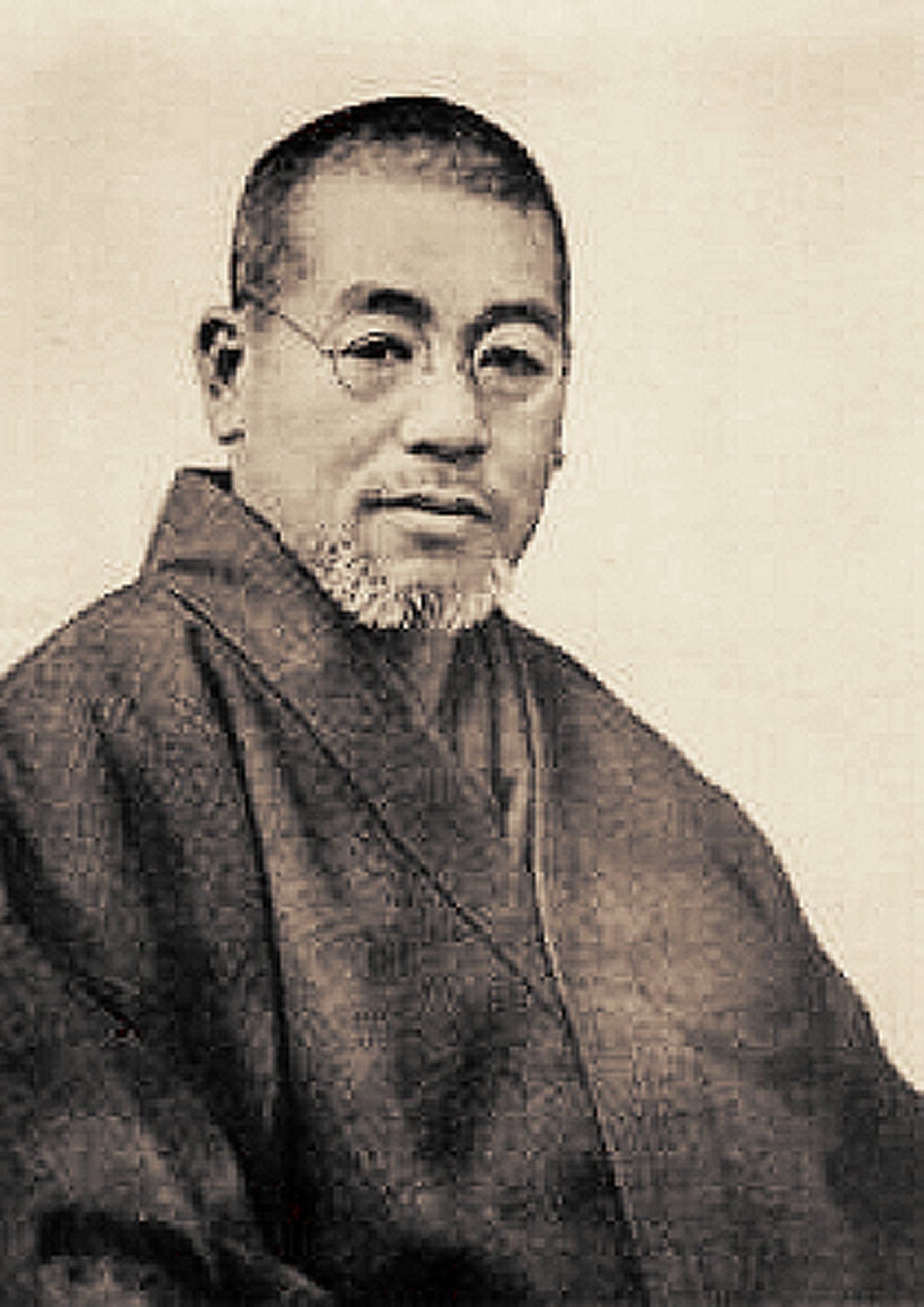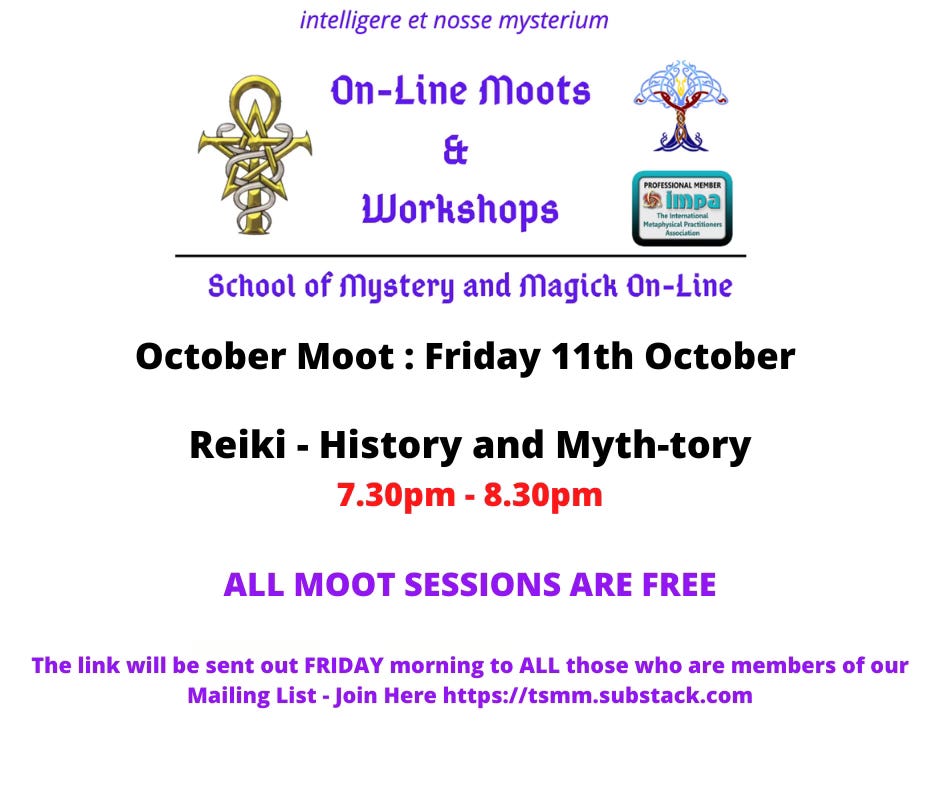Reiki is a form of alternative therapy that has gained popularity in recent years. Originating in Japan, Reiki is based on the idea that a practitioner can channel energy into a patient through touch to activate the body's natural healing processes and restore physical and emotional well-being.
Reiki itself translates to "universal life energy" and is believed to be a form of energy that flows through all living things.
During a Reiki session, a practitioner will place their hands lightly on or just above the patient's body, allowing the energy to flow through them and into the patient. This energy is said to help balance the body's energy.
Many people who have tried Reiki report feeling relaxed, rejuvenated, and at peace after a session. Some even claim to have experienced healing from chronic pain, illness, and emotional trauma.
While the scientific community may be sceptical of Reiki's effectiveness, many people swear by its benefits and continue to seek out practitioners for regular sessions.
The Founder of Reiki
As many Reiki teachers teach, the biography of Usui contains a lot of “gloss.” It is true that Usui’s biography has been “Christianised,” largely to make his teachings more palatable in the West.
Mikao Usui is the founder of Reiki.
His spiritual journey and dedication to understanding the nature of healing have left a lasting impact on complementary medicine.
Usui was born on August 15, 1865, in the village of Taniai in Japan.
Throughout his life, he studied medicine, psychology, religion, and martial arts to understand the nature of healing and the human experience.
It wasn't until a spiritual experience on Mount Kurama that Usui discovered the healing energy known as Reiki.
Legend has it that Usui underwent a 21-day meditation and fasting retreat on Mount Kurama, during which he experienced sudden enlightenment and received the ability to heal through the laying on of hands. This event marked the beginning of Usui's journey as the founder of Reiki.
Usui began practising and teaching Reiki in Japan, eventually founding the Usui Reiki Ryoho Gakkai organization to preserve and promote his teachings.
He passed away on March 9, 1926
A little deeper…
Usui Mikao was born into a society based on a class system. There was the privileged class to which he belonged and the common people. Common people were not even permitted the luxury of surnames until 1870.
Usui Mikao’s family was hatamoto samurai—a high level within the ranks of samurai. The hatamoto were the shogun’s personal guard. Due to the major changes in Japan from the 1860s onwards, the samurai class was no longer required.
According to recent researchers, Usui Mikao was born a Tendai Buddhist and studied in a Tendai monastery as a child.
Usui Mikao began practising martial arts called aiki jutsu at 12. He also studied an early form of Daito ryu and gained Menkyo Kaiden (the highest license of proficiency) in weaponry and grappling in 1889.
From his youth, it seems he surpassed his fellows in hard work and endeavours.
Growing up, he visited Europe and America and studied in China.
By nature, he was versatile and loved to read books. He engaged himself in history books, medical books, Buddhist scriptures, and Christian scriptures and was becoming well-versed in psychology, Taoism, and even the art of divination and physiognomy.
His career was also varied because he travelled extensively through Japan and overseas. At one point, he was a private secretary to a politician called Shinpei Goto, who, amongst other positions, was Governor of the Standard of Railways. In 1920, Shinpei Goto became the Mayor of Tokyo.
At the turn of the century, hands-on healing, or teate, became very popular in Japan. Eguchi Toshihiro was a friend of Usui Mikao and studied with him in the 1920s. Eguchi created the Tenohira Ryoji Kenkyu kai (Hand Healing Research Center).
Men of Usui Mikao’s social class were well-trained in the arts. Funakoshi Gichin, the modern founder of Karate, wrote that he went to a ‘moon viewing party’ when he was a young karateka. This party consisted of martial artists chatting about karate and reciting poetry under the moon.
Funakoshi, Kano Jigoro (founder of judo), and Ueshiba Morihei (founder of aikido) knew Usui Mikao.
Usui Mikao demonstrated his leaning toward poetry by including 125 waka, or poems, in his teachings. During Japan’s ‘national isolation,’ there had been a great focus on the arts, including classical Chinese works. In a book from 1933, a student of Usui Mikao describes a technique called matsuri ho. Here, waka is recited silently to oneself in an attempt to become one with it.
Usui Mikao was never a doctor as professed in the West but did become a lay Tendai priest called a zaike. This meant that he could remain in his home with his family without having to reside in a temple, as commonly expected of priests.
When Usui Mikao became a zaike, some say he took the Buddhist name Gyoho, Gyohan or Gyotse.
It’s also believed that Usui Mikao included techniques such as Jumon (Jumon means spell or incantation) in his teachings, which were based on Shinto and Tendai practices.
Usui Mikao taught what was called ‘Usui do’ – ‘the way of Usui’, and what he practised on people would most likely have been called ‘Usui teate’- meaning ‘hands-on’.
Early students will have never heard of the word “Reiki” in terms of his teachings. It was used in conjunction with Usui Mikao’s teachings but not as their name, merely in its literal form, meaning ‘spiritual energy’. Only once it came to the West did the word ‘Reiki’ become a system's name.
It is believed that these teachings aimed to provide a method for students to achieve enlightenment.
Unlike religion, though, there was no belief system attached. Though enlightenment was the aim, the healing that was taking place for students was a remarkable ‘side effect’.
What sets Usui Mikao’s teachings apart from other hands-on healing methods is his use of reiju, or attunement, to remind students of their spiritual connection.
It seems that all students of Usui Mikao received reiju and the five precepts. Those with a further interest in the teachings became dedicated students. There did not appear to be a distinction between clients and students initially, though this changed in 1917. People began coming to Usui Mikao for different purposes – some for healing and others for spiritual teachings.
Various Reiki Masters now teach that Reiki is about healing and healing others specifically. This fits comfortably into a Western mindset in which those who are ill go for treatment.
Usui’s focus, however, seems to have been on self-enlightenment, which leads to self-healing.
Waka Poetry
Waka, also called tanka, being very short fixed forms containing 31 syllables, are said to be exceedingly expressive of the feelings of the Japanese people.
The writing of waka was nourished and elevated throughout history by the Imperial Court, and many of the ancient poems that have been left to us were written by Emperors themselves. Emperor Meiji was no exception, as he was celebrated by the people as the "Sage of Poetry," and he has left us superb waka poems that reached the astonishing number of 100,000 composed during his lifetime.
Usui selected 125 Waka poetry written by Emperor Meiji.
Here are some examples…
Universal Brotherhood
It is our hope
That all the world's oceans
Be joined in peace,
So why do the winds and waves
Now rise up in angry rage?
Thinking that all peoples all over the world are joined in peace and brotherhood, we wonder why the winds and waves of international trouble are now rising up in anger
Sky
The spacious sky
Spans serene and clear
So blue above,
Oh, that our soul could grow
And become so open!
Like the blue sky that stretches over us, we ourselves should like to have a heart so large and open.
Other examples
Isasaka no kizu naki tama mo tomosureba chiri ni hikari wo usinainikeri
If you get a beautiful, bright and scratch-less jewel, without constant polishing and cleaning, it will lose its brightness by a little dust. So, the human heart also, a beautiful and pure heart, cannot be kept without constant polishing.
Utsuwa niha shitagai nagara iwagane mo tosu ha mizu no chikara narikere
Water does not oppose any vessels and it is stayed as the vessel form. Water seems to be obedient, flexible, and not self-assertive. However, water can break rocks with its consecutive concentrated drops. So people should also have flexibility for any situation such as thought and human relationship, and have consecutive concentration to do something important.
Kurenubeku narite iyoiyo oshimu kana nasukoto nakute sugishi hitohiwo
Today I had nothing to do and I find that now is evening. I felt sorry for that at first, but I changed my mind that this is not so bad, is it? Yes, it is BAD because any moment is very precious for people and I waste my precious time today. Well, however, I should not regret my passed day for so long. Now I try to live my new day without regret.
The translation fails to contain the simplicity and “punchiness” of the original. Consider these traditional Waka as affirmations.
It is possible that this tradition inspired the Five Reiki “Just for Today” statements.
Just for today, I will not worry.
Just for today, I will not be angry.
Just for today, I will work honestly.
Just for today, I will give thanks for my blessings.
Just for today, I will be kind to my neighbour and every living thing.
Challenges to what is taught today.
It’s very difficult to unpick truth from myth when it comes to the origin of Reiki. This is because so many “schools” have taught the Westernised, fictitious history of the technique.
Here are some thoughts…
a) Usui taught a system for enlightenment and self-healing
b) Usui does not seem to have referred to Chakras in his system
c) Attunements were about dedication, not advancement within the system.
d) Usui appears not to have taught three “levels’ or “degrees'‘ of attunement; if he did, that would not have been about each level being achieved in a weekend.
e) The focus of Usui’s practice was not the “physical” healing of others.
f) After his legendary 21 days of meditation, he did not come down the mountain, healing people as he descended.
g) He was not a medical doctor, nor was he Christian.
Today, you can choose your flavour of training system, all inspired by different traditions.
Many will promise certification and thus imply credentials for healing others.
Some teachers (Masters) offer students certification with an “approved” lineage. Doing so will align them and you with a particular tradition or school.
Our Moot, October 11th, will focus on Reiki its History and Myth-tory.
As usual Zoom invites will be sent to subscribers of this list on the morning of 11th October.
Alan /|\
Today, Reiki is practiced by millions of people globally, who believe in the power of energy healing to promote physical, emotional, and spiritual well-being. Usui's teachings continue to influence Reiki practitioners, who strive to honour his legacy through their practice and dedication to healing.
Overall, Reiki offers a unique and holistic approach to healing that focuses on the mind, body, and spirit. Whether you're dealing with physical pain, emotional stress, or simply seeking a sense of balance and relaxation, Reiki may be worth exploring as a way to support your overall health and wellness.







Superb insights and information about Reiki. I've always been curious about it and , after reading your article, I've realised how little I knew and how misinformed people are (myself included). Thank you. x